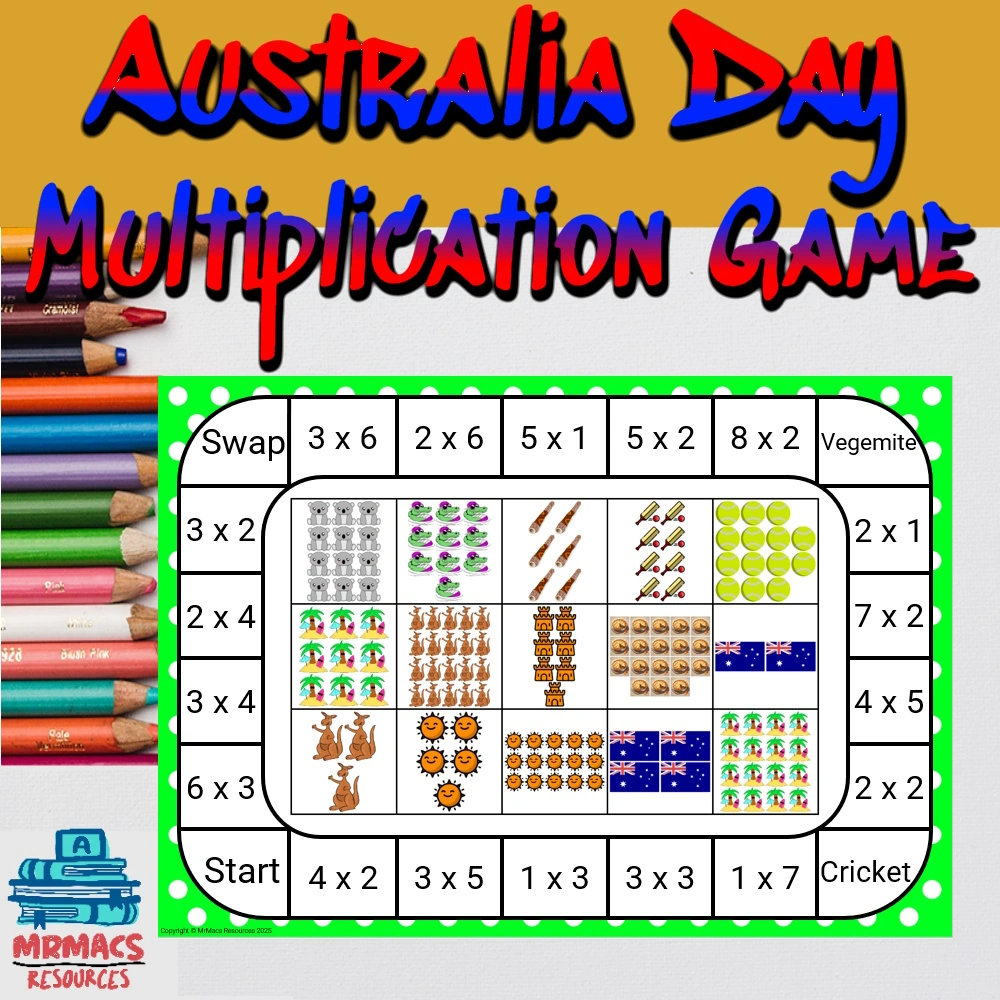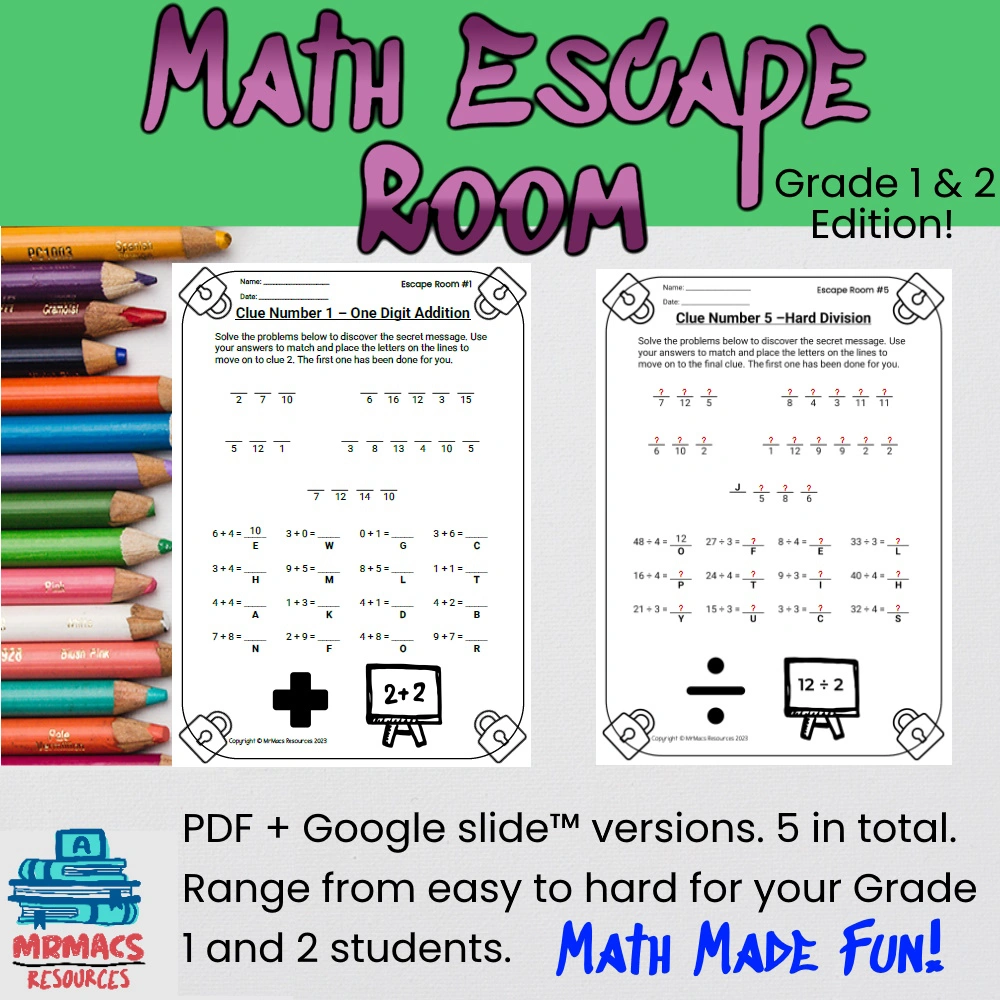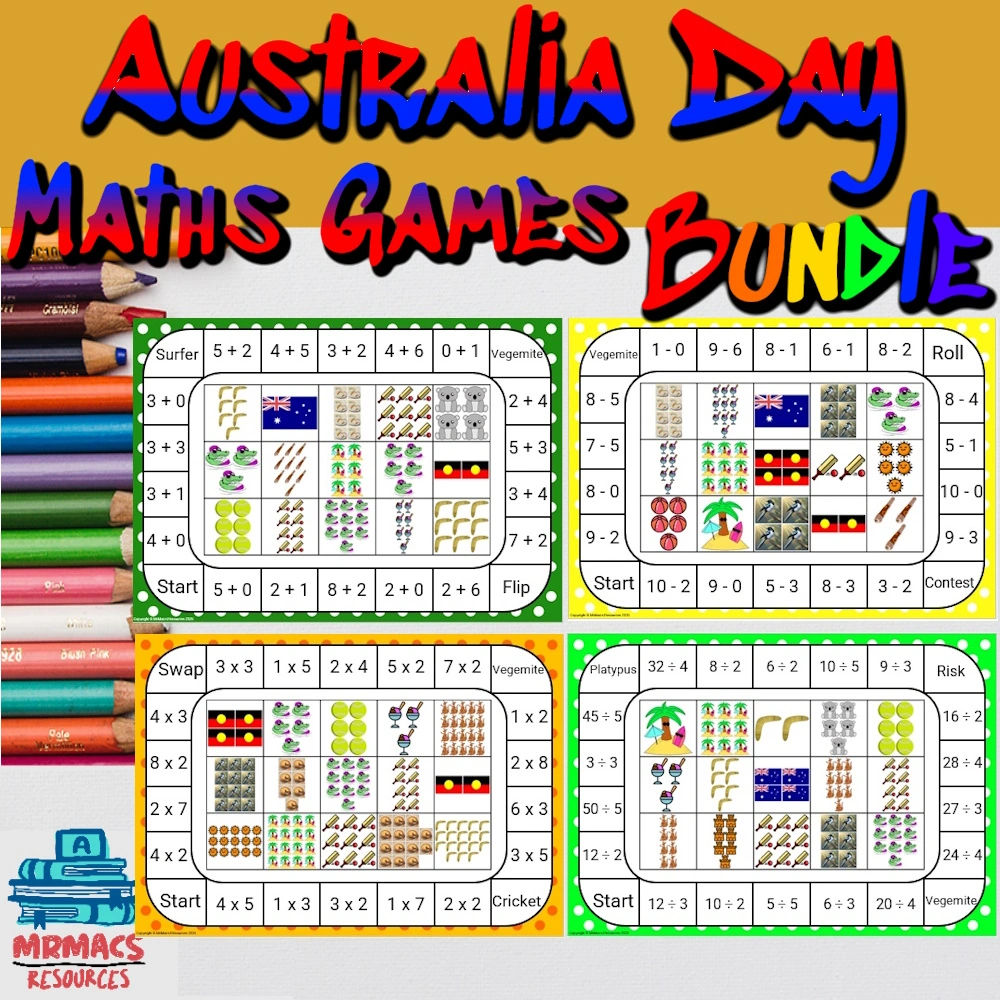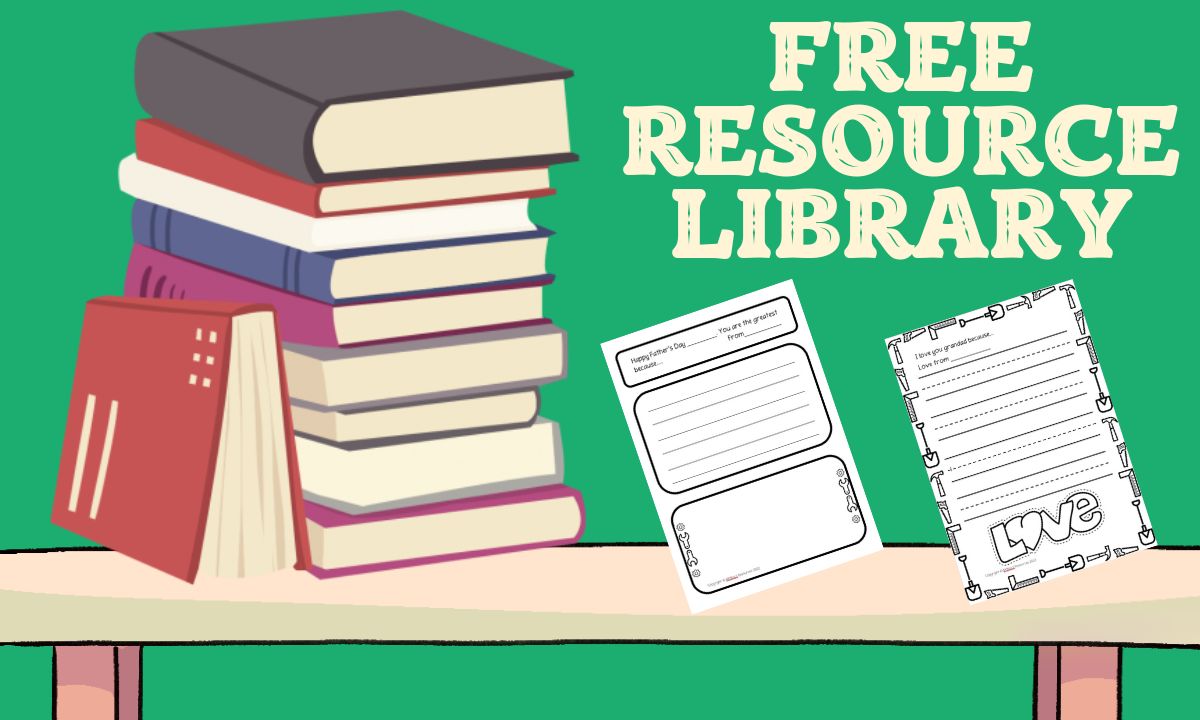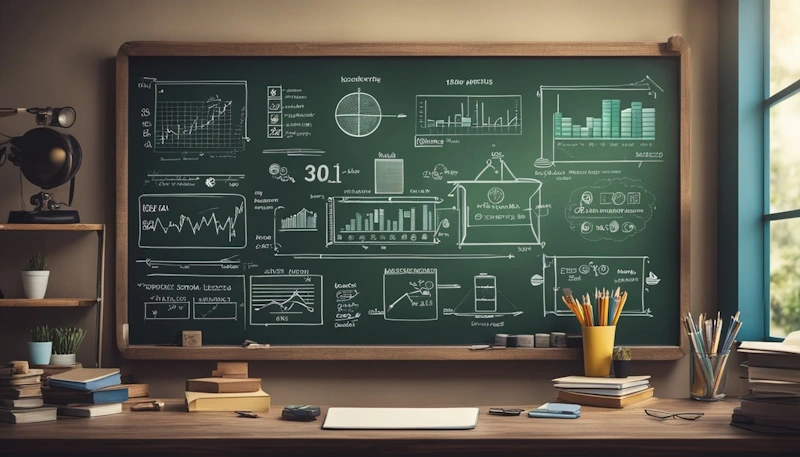
Engaging lesson plans are key to successful teaching. They grab students’ attention and make learning fun and memorable. Well-designed lesson plans help students stay focused, participate actively, and retain information better.
As a teacher, you want your lessons to spark curiosity and inspire learning. But creating captivating lesson plans takes some thought and effort. Don’t worry – with a few simple tips, you can craft lessons that keep your students interested and eager to learn.
Ready to make your lessons more exciting? Let’s look at some easy ways to create lesson plans that will engage your students and bring your classroom to life. These ideas will help you plan lessons that are both effective and enjoyable for you and your students.
Understanding the Pillars of Effective Teaching
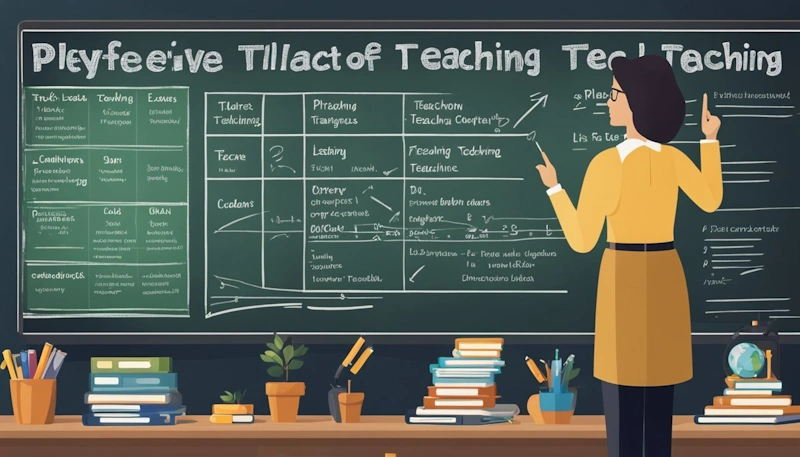
Good teaching rests on three key pillars. These form the foundation for creating lesson plans that truly engage students and help them learn.
Setting Clear Learning Objectives in Your Lesson Plans
Clear objectives are vital for effective lessons. They guide your teaching and help students know what they’re meant to learn. When setting objectives, be specific about what you want students to know or do by the end of the lesson.
What’s more, use action verbs like “explain,” “compare,” or “solve” to make objectives clear. For example, “By the end of this lesson, you will be able to solve two-step equations.” This gives a concrete goal for both you and your students.
For example, make sure your objectives match your lesson activities and assessments. This alignment helps ensure that students are learning what you intend.
Incorporating Differentiated Instruction
Firstly, every student learns differently. Differentiated instruction helps you meet diverse learning needs. Start by getting to know your students’ strengths, interests, and learning styles.
Use a mix of teaching methods to cater to different learners. For visual learners, use charts or diagrams. For auditory learners, include discussions or music. Finally, for hands-on learners, add physical activities or experiments.
Moreover, offer choices in how students complete tasks. This lets them work in ways that suit them best. You might give options for project formats or allow students to work alone or in groups.
Utilising Educational Technology in Your Lesson Plans
Technology can make your lessons more engaging and interactive. There are many tools available to enhance your teaching. For example, interactive whiteboards can bring lessons to life with multimedia content.
In addition, educational apps and websites offer fun ways for students to practice skills. For maths, you might use apps with interactive puzzles or print out maths games for small groups. For reading, try e-books with built-in dictionaries.
Online quizzes and games can make assessment more enjoyable for students. Tools like Kahoot or Quizlet let you create custom quizzes that feel like games.
Remember to choose technology that supports your learning objectives. Don’t use tech just for the sake of it. Pick tools that truly help students understand and apply what they’re learning.
Designing Engaging Content and Activities in Your Lesson Plans
Creating exciting lesson plans involves mixing different types of activities. This keeps students interested and helps them learn better. Let’s look at some ways to make your lessons more fun and effective.
Creating Interactive and Hands-On Experiences in Your Lesson Plans
Hands-on activities help students learn by doing. You can use experiments, role-playing, or building projects. For example, in a science class, you might have students make a model volcano. This lets them see how it works up close.
Games are another great way to make lessons interactive. You can turn review sessions into quiz games. Or use board games to teach maths or language skills. These activities get students moving and talking with each other.
Don’t forget about technology. Use videos, online quizzes, educational apps, or Canva visual work suite to add variety. These tools can make even tricky topics more fun to learn.
Applying Real-World Connections and Examples
Students often ask, “When will I use this in real life?” Your job is to show them. Use examples from everyday life in your lessons. If you’re teaching fractions, talk about cooking or sharing pizza. For history, connect past events to current news.
Offsite excursions are a fantastic way to make real-world connections. Can’t go out? Bring the world to your classroom with guest speakers or virtual tours. These experiences help students see why what they’re learning matters.
Try project-based learning too. Have students solve real problems in your community. This could mean designing a garden for the school or writing letters to local leaders. It shows students how their skills can make a difference.
Fostering Critical Thinking and Collaboration
To begin, group work helps students learn from each other. Set up projects where everyone has a role. This could be creating a class newspaper or solving a mystery together. Make sure to mix up the groups so students work with different classmates.
Debates and discussions are great for critical thinking. Choose topics that relate to your lessons and let students argue different sides. This helps them think deeply about issues and respect other views.
What’s more, problem-solving activities are key too. Give students puzzles or scenarios to work out. For maths, this might mean planning a budget. In English, it could be fixing plot holes in a story. These tasks help students think creatively and use what they’ve learned in new ways.
Assessing Learning and Encouraging Participation
Effective assessment and active student engagement are key to successful lesson plans. By using varied strategies, you can better measure learning and boost participation in your classroom.
Implementing Diverse Assessment Strategies in Your Lesson Plans
Firstly, mix up your assessment methods to get a full picture of student learning. Use quick quizzes, group projects, and hands-on tasks to check understanding. These different approaches help cater to diverse student needs and learning styles.
To add, try using exit tickets at the end of lessons. Ask students to write down one thing they learned and one question they still have. This gives you quick feedback on their grasp of the material.
Consider peer assessments too. Have students review each other’s work using clear criteria. This helps them learn from one another and builds critical thinking skills.
Maximising Student Engagement
Get students involved right from the start of your lesson. Begin with a thought-provoking question or a brief activity to spark their interest. This helps activate their prior knowledge and sets the tone for active learning.
Use interactive tools like online polls or discussion boards to encourage participation. These tech-friendly options often appeal to students and make it easy for everyone to contribute.
To conclude, break up your lesson with short pair or small group discussions. This gives students a chance to share ideas and learn from their classmates. It’s also great for those who might be shy about speaking up in front of the whole class.
Create Meaningful Learning Experiences in Your Lesson Plans
To begin, link your lessons to real-world situations whenever possible. This helps students see the value in what they’re learning. For example, if you’re teaching maths, use problems based on planning a party or budgeting for a trip.
Offer choices in assignments when you can. Let students pick from a few options for their final project. This gives them a sense of control over their learning and can boost their motivation.
Moreover, use storytelling to make complex ideas more relatable. A good story can help students connect with the material on a personal level. It’s a great way to make lessons more memorable and engaging.
Conclusion
In conclusion, creating exciting and uplifting lesson plans is essential for fostering an engaging and positive learning environment. By incorporating creativity, variety, and student-centered activities, you not only capture students’ interest but also encourage their active participation and critical thinking. Exciting lesson plans goes beyond just content delivery; it nurtures a sense of curiosity, confidence, and enthusiasm in students, making learning an enjoyable and meaningful experience. As educators, it’s your role to inspire and motivate students, helping them build a lifelong love for learning. With thoughtful planning you can create classroom experiences that empower students to reach their full potential.
I am interested to know how your lessons plans have improved over the years.
About The Author

Hi! My name is Mr Mac. I am a K – 6 teacher. I love to create resources for teachers to make their teaching lives easier.
